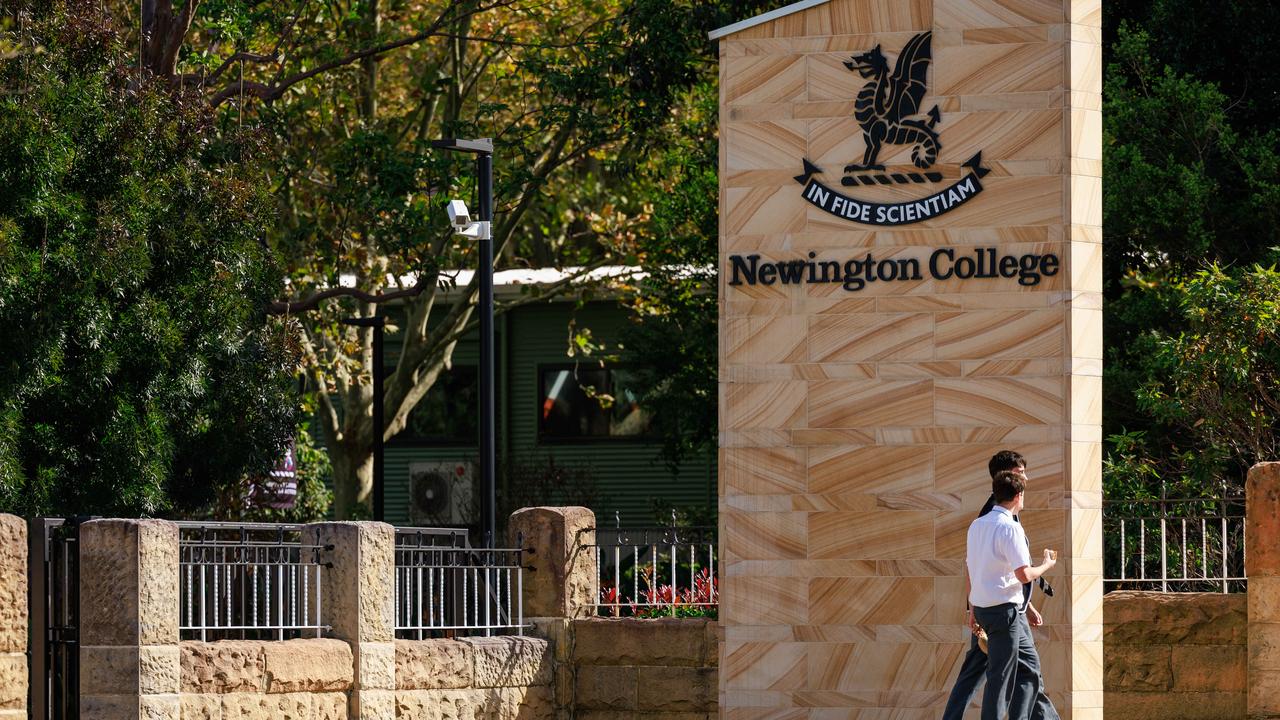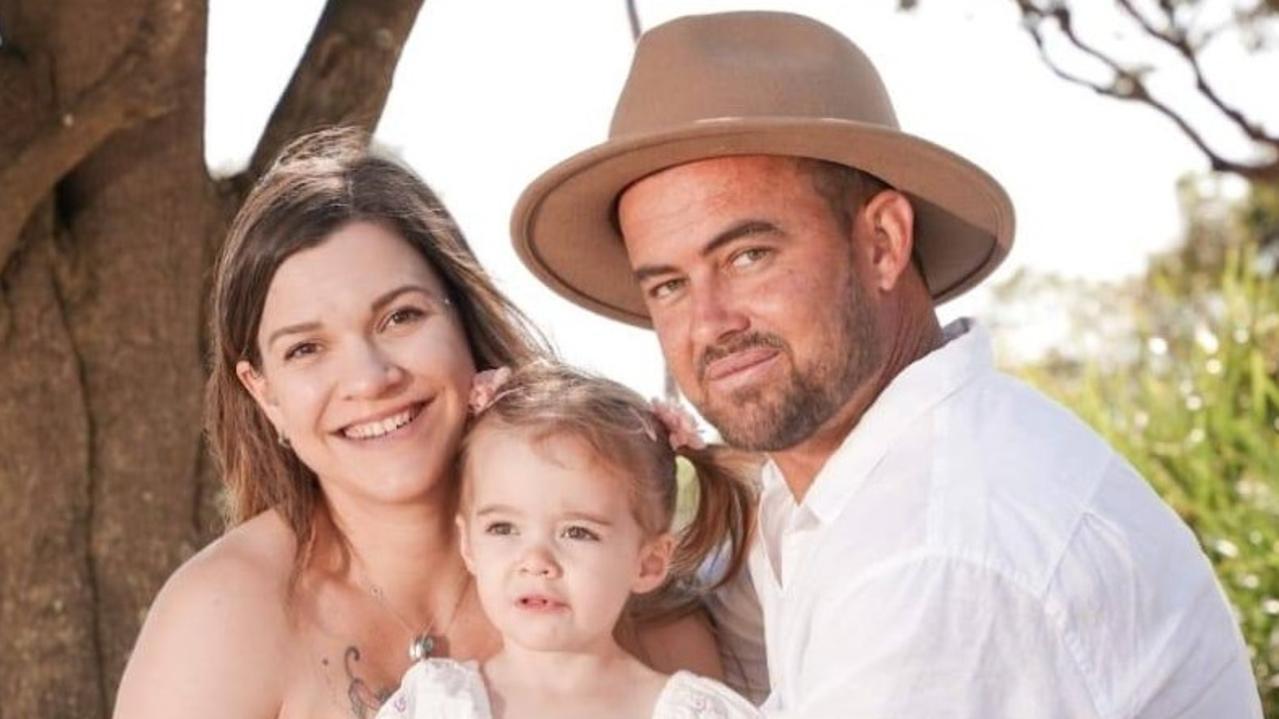Can We Talk: Grafton battles to come to terms with tragic legacy of youth suicides
THE town of Grafton has nearly double the state’s suicide rate. Since Clinton McGrail-Skinner took his life last year, the town has been struggling with a spate of suicides among under 25s.
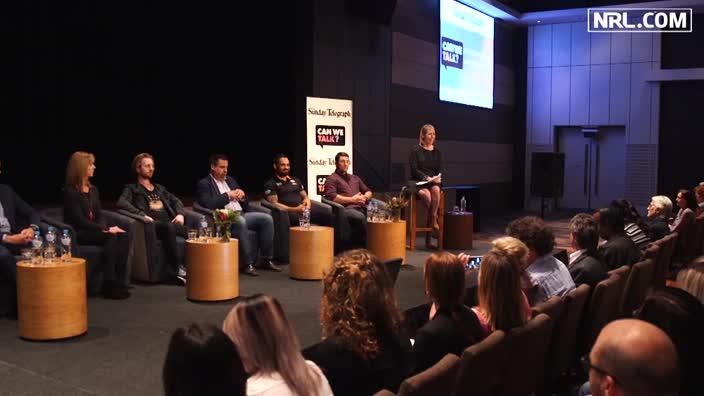
NSW
Don't miss out on the headlines from NSW. Followed categories will be added to My News.
CLINTON McGrail-Skinner came into this world a celebrity. Born at 1am on New Year’s Day, the baby boy who would grow up to become a state-level rugby league player made the national news as the first newborn of 1997.
But six months after celebrating his 18th birthday, the former Grafton High School student known as “Click Clack” was dead.
The Grafton Ghosts captain who dreamt of one day becoming a paramedic was found unconscious by his mother Amanda on June 27 last year after attempting to take his own life. He died in hospital two days later, his mother and grandmother by his side.
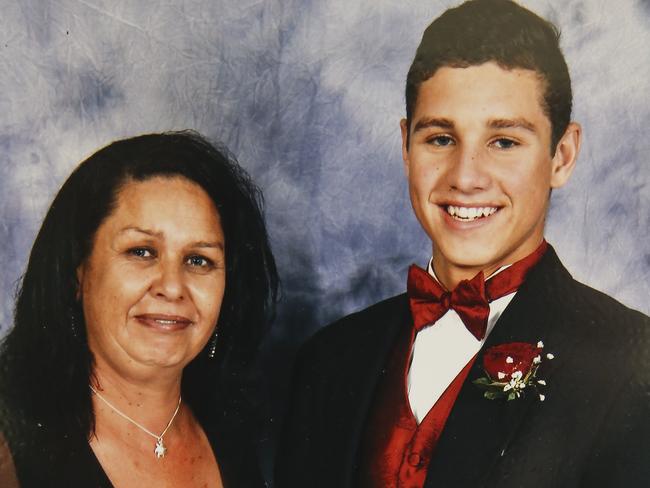
The death of the promising league player — NRL scouts had been watching his progress — not only rocked his family, but the close-knit Clarence Valley community on the state’s north coast.
If children had not attended primary or high school with Clinton, they were friends with him or his three sisters on Facebook, or followed his posts on Instagram.
His sporting feats made him a local celebrity — the Grafton racing carnival once used him as its pin-up boy. It is why his mother Amanda feels responsible for what leading mental health experts describe as “a contagion”.
Less than two months after Clinton’s death, 17-year-old Maclean High School student Chloe-Ann Whalan Wilson and 15-year-old Ngaarru “Darcy” Marshall from neighbouring South Grafton High School took their own lives, less than 24 hours apart.
More tragedy was to come.
“I had a bit of anger towards him for what he had done.”
As the community grieved, two separate tragic car accidents were to claim the lives of a 17-year-old Grafton High School female student and 22-year-old ex-Grafton High School student added to the town’s grief.
It did not stop there.
In February this year, just two weeks after starting high school, 12-year-old Sam White took his own life. His death was followed by that of 16-year-old Maclean High School student Courtney Telfer.
For Ms Skinner, 44, each death has hit hard.
“It was like it was never going to stop, these suicides, and I felt responsible because Clinton was the first one,” she said.
While each were facing their own personal battles, Ms Skinner cannot help but dwell on the connections among them, and whether her son’s death may have made it easier for the others to follow.
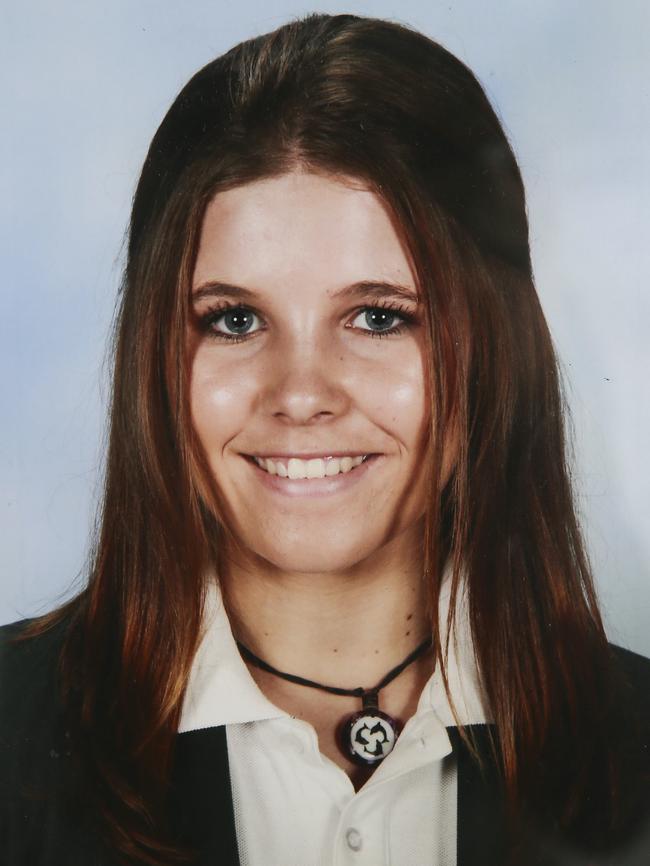
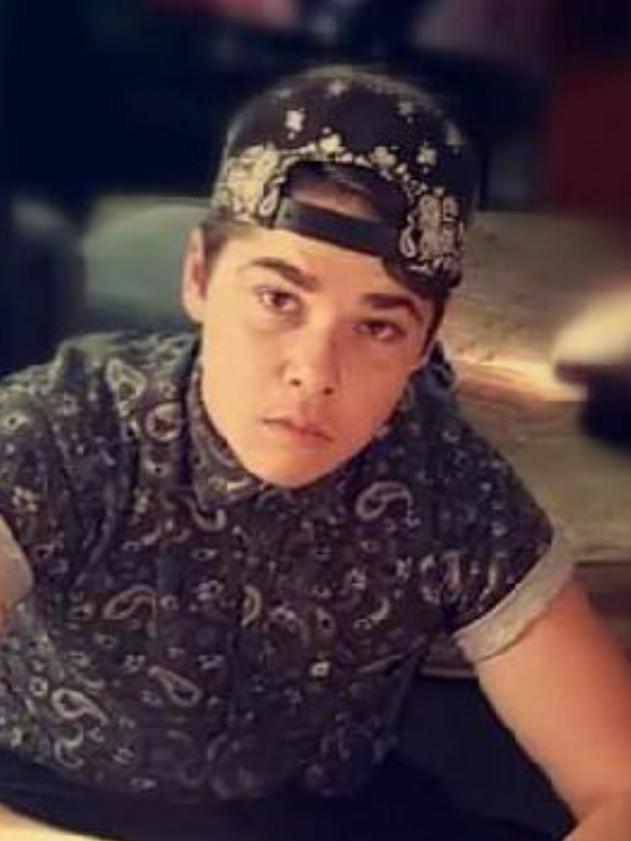
“I had a bit of anger towards him for what he had done,” she said.
“When I started hearing of other kids who were suiciding, I was getting wild and saying to Clinton, ‘See what you have done now, boy? You have more or less given these kids the go-ahead to kill themselves’.
“The kids don’t realise that death is forever.”
Chloe-Ann and Clinton were in Year 8 together at South Grafton High School, which they attended before transferring to other schools.
Chloe-Ann’s mother Karyn-Ann Whalon said her daughter had mentioned Clinton’s death at the time, but can’t remember much more of the conversation.
While the pair had gone their separate ways — Chloe-Ann moving to Maclean High School, 45km away, while Clinton transferred to Grafton High — they remained friends on social media.
Her Instagram feed is not unlike that of any teenager, with pictures of friends and declarations of love for her “boy” Jeremy “Jezza” McGee, a former Grafton High School student.
“She spoke about the way other girls had taken their own lives because they were being bullied.”
But among the selfies were signs of angst.
One post depicted a drawing of a hunched-over girl surrounded by the words “ugly”, “loser” and “useless”. Friends had responded with comments of support, including one that read: “You’re beautiful, don’t forget.”
In July she posted a photograph of flowers laid across bare legs. It was captioned: “We cut and kill flowers because we think they are beautiful, but we cut and kill ourselves because we think we are not.” One month later she took her own life.
Her mother believes bullying was a major factor in Chloe-Ann’s death. Ms Whalon said her daughter had food thrown at her on the bus, was punched and kicked, and taunted online.
In the year before she died, she began self-harming.
“She spoke about other girls from other schools who had passed away,” Ms Whalon, 37, said.
“She spoke about the way other girls had taken their own lives because they were being bullied.”
Ms Whalon said her daughter had been in outpatient mental health care in Grafton.
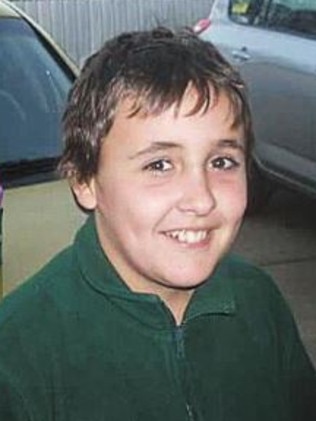
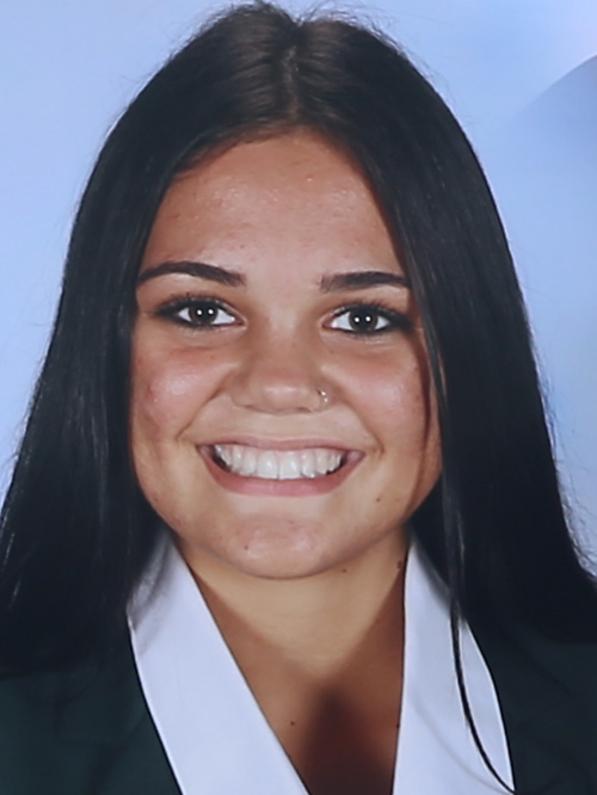
On August 4, 2015, after threatening to kill herself, Chloe-Ann was admitted to Maclean Hospital. However, after convincing the treating physician that she was fine, she was discharged the next day.
Eighteen days later, Chloe-Ann killed herself.
Darcy’s death came just 24 hours later. Like Chloe, Darcy began at South Graf-ton High in Year 8.
Darcy and Clinton knew each other through their fathers, who are close mates.
Ms Skinner also regarded Darcy’s mother, Cinnamon Jarrett, as “more or less like family”.
Ms Jarrett believes Clinton’s death had an impact on her son, although she is not sure how much.
“He was always upset when he heard about other kids who had committed suicide or passed away,” she said. “We are all human.
“When you’re having a bad day — and you hear about something in that realm — you’re going to have thoughts about whether you are going to do it (suicide).”
“I said that if it was one of my kids I would be very distraught.”
She remembers driving through Grafton with Darcy on July 10 last year, the day of Clinton’s funeral.
“I said to him that I can’t imagine what Clinton’s mother is going through,” Ms Jarrett recalled.
“He just said, ‘Yeah’. I don’t know how much of an impact that conversation had on him.
“I said that if it was one of my kids I would be very distraught.”
Forty-four days after the conversation with his mother, on August 23, Darcy took his own life.
Much like Clinton was in the six months before his death, Darcy had also become increasingly withdrawn from his mother and family.
This was partly driven by the physical and emotional abuse at the hands of his relatives while the family was living in Nambucca Heads, 135km south of Grafton.
Shortly after moving to South Grafton in 2013, Darcy began smoking cannabis. On New Year’s Day 2014, the day of Clinton’s 18th birthday, Darcy made an attempt on his life.
Ms Jarrett turned to the Aboriginal medical service to obtain counselling for her son. She claims each appointment lasted little more than five minutes.
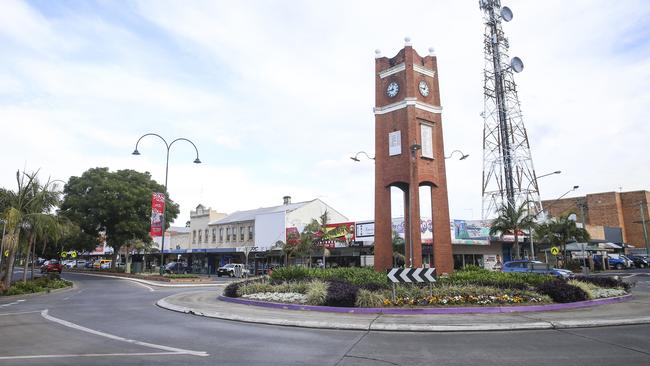
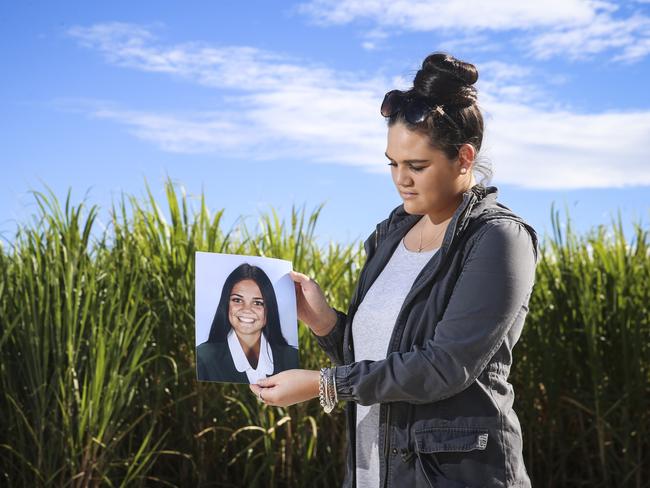
After the attempt, Darcy began to visit friends he had grown up with in Nambucca Heads. He also stopped playing football.
“He became more and more angry and was lashing out at us … hejust wasn’t himself,” Ms Jarratt said.
Ms Jarrett believes her son died of a broken heart, downtrodden by the abuse he copped from family.
It is not only the young who have succumbed to suicide.
Local mental health workers estimate up to 20 adults have also taken their lives over the past year.
“It was a nightmare scenario about potential contagion,” one mental health worker said.
Grafton-based Aboriginal mental health support worker Michelle Cowan said she had counted 12 suicides of people under 25 since Clinton’s death.
Eight of those were children from indigenous backgrounds or from lower socio-economic groups.
However, the figure could be higher with some deaths taking up to two years for the coroner to rule a cause of death, she said.
“I have seen adults pass on information that is inappropriate for children to be exposed to.”
Local funeral homes also suggest the figure could be closer to 12, with each recording three to four suicides in the past year.
There was massive pressure from the families for the deaths to be ruled “misadventure” or “accidental death”, Ms Cowan said.
“These families go through absolutely everything and do not want these deaths to be declared as suicide,” she said.
Among those grappling to come to terms with the deaths is Grafton High School principal Peter South, whose school was attended by four of the students.
In a series of school newsletters, Mr South urged parents and students to seek counselling and to speak out if they had concerns about a friend or themselves.
He urged students and parents to avoid participating in social media discussions where rumours were perpetuating the damage.
“I have seen adults pass on information that is inappropriate for children to be exposed to, regardless of whether it is factual or not,” he wrote.
In trying to understand what triggered her son’s death, Ms Skinner believes he may have been hiding his depression and anxiety for a long while.
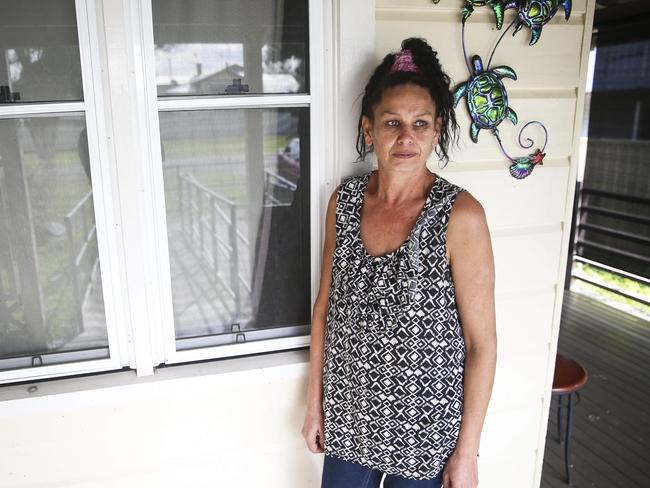
Blessed with good looks, athletic talent, leadership qualities and a kind heart, Clinton divided his time between his family, mates and his girlfriend, Maddy Hartmann, whom he had been dating since Year 9.
After school he worked at the local charcoal chicken store, where he was quickly promoted to supervisor.
Life appeared to be going well, but something changed.
Clinton became increas-ingly angry and often started little arguments with mates.
Desperate to help her son, his mum suggested he live with his grandparents for a while in Tasmania. Although he originally agreed, it never happened.
Clinton’s downward spiral accelerated around Christmas 2014, when his friends said they were not going to join him on the Gold Coast for his 18th birthday celebrations.
After finishing school, he began experimenting with cannabis and ecstasy. By mid-2015 he had split with his girlfriend and was later charged with assault following a scuffle at Grafton KFC. There was also an incident of self-harm.
“When a child dies, suddenly they have one million friends they didn’t have before.”
Clinton confided in a friend about his fears that he would turn out like his estranged father, with whom he had a distant relationship.
“In his last six months he was isolating things from me. He would have suffered from depression and anxiety,” Ms Skinner said.
More than 1000 people gathered at the Grafton Ghosts home ground of Frank McGuren Field for Clinton’s funeral.
The Dean of Grafton, the Very Reverend Donald Kirk, who led the ceremony, noted the teen’s popularity.
“The question that needs to be asked is, ‘who we are?’ and ‘how are we related to one another?’,” he said.
“That was answered in Clinton’s life by the extraordinary friendships that he shared, the love that he shared and his family connectedness.”
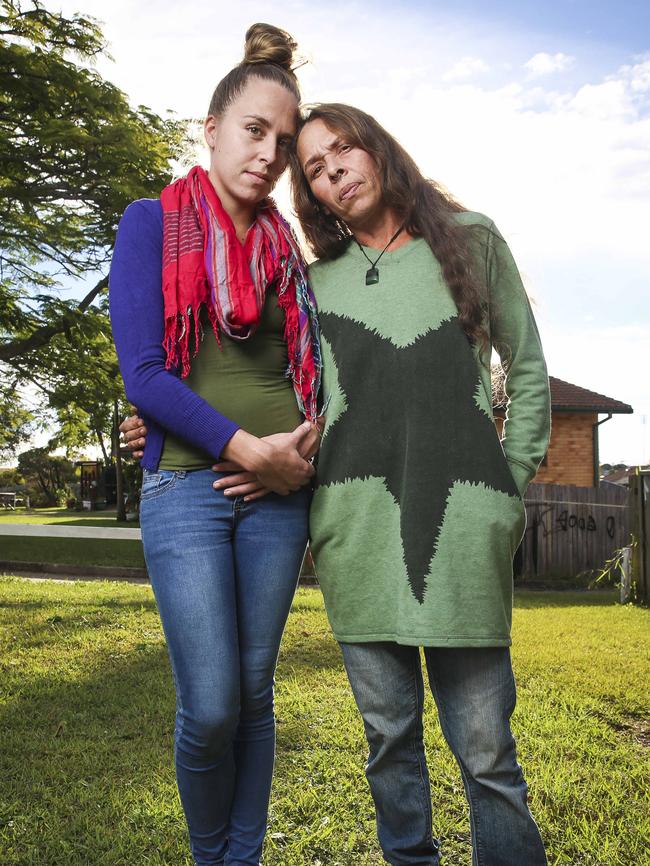
Ms Whalon believes many young people don’t comprehend the finality of death.
She said a funeral could give a young person a misguided sense of love.
“Maybe that’s what they yearn for — all that love — but they don’t get to see it because they are not here. When a child dies, suddenly they have one million friends they didn’t have before,” she said.
“There was one million people who turned up to Chloe-Ann’s funeral, people who I’ve never seen in my life. I had never seen them come over and say ‘hello’ to Chloe. I’d never seen them text her. Where were they when she was alive?”
Eight days after Chloe-Ann’s suicide, the town called a crisis meeting.
Janita Cooper, who is heav-ily involved with the Grafton Ghosts rugby league club, organised the event.
“It was a very raw, emotional meeting,” Mrs Cooper, 43, said. “I grew up in Grafton and have never seen anything like this before.”
The meetings have continued every month at the local theatre, and spurned a support group called Clarence Valley Standing Together.
Mrs Cooper also believes social media has played a central role in the problem.
The group is run by CRANES Community Support Programs, which is so short on funding it needs to hold a bingo night at the Grafton District Services Club to raise money for the support group.
Mrs Cooper also believes social media has played a central role in the problem.
She said many kids are replacing genuine, face-to-face human interaction with Facebook and selfies.
“Seeing the death on Facebook, everyone gives them (the victim) all this love. That is their way of people getting to recognise them.”
She also believes social media has made bullying an inescapable pressure.
“Facebook has made bullying 24/7. They cop it at school and then they get it after school on their mobile phones. When we were growing up we could go home and forget about it. With Facebook it is there permanently.”
Another family desperately seeking answers are the Telfers. A Year 11 student at Maclean High School, Courtney Telfer also took her own life on March 2 this year. She was just 16.
Her death blind-sided friends and family.
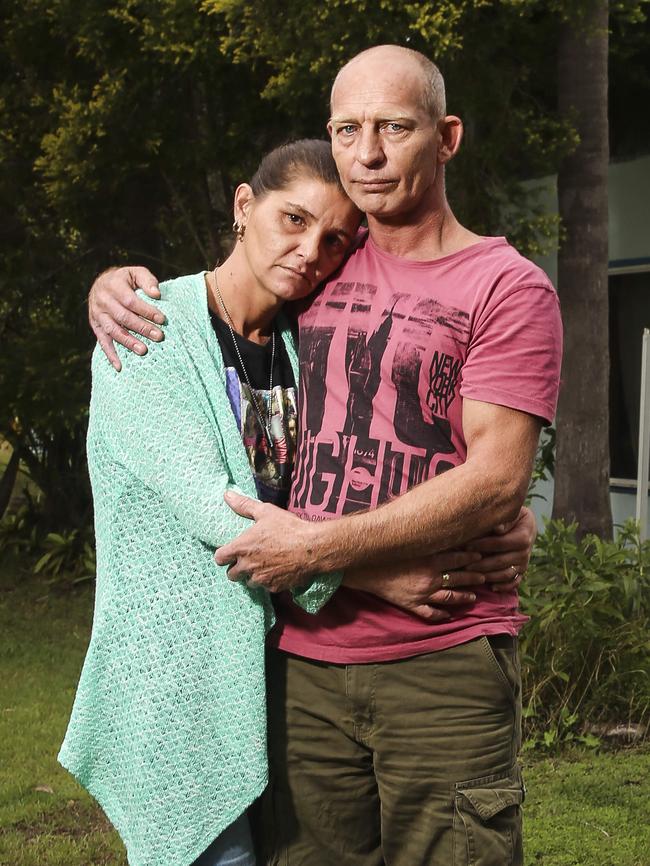
The pretty teenager was so popular at school she was called “Queen Courtney” by her friends. .
Her devastated sister Hayley, 17, recalled having a brief conversation with Courtney about the suicide of Chloe-Ann, who had been in the year above.
If her sister had been affected by any of the deaths, it was Clinton’s, Hayley said.
“The one we talked about the most was Clinton because he was very popular, too. Courtney was friends with a lot of Clinton’s cousins in Grafton. We were saying that it was really sad because he was so popular and we couldn’t understand it,” she said.
“We talked about it and would say ‘why’? What could have been so wrong? We didn’t really know him. She just said, ‘what could have made him do something like that’?
“Then we just stopped talking about it and it was never mentioned again.”
Courtney had declared her bisexuality on Facebook on New Year’s Day this year, two months before her death.
The post attracted 406 likes and 42 positive comments. “I’m actually gay and legit couldn't care 1% about what ppl have to say bcos I like myself and that's all that I care about,” she wrote.
Her sister Hayley maintains that her sister was not bullied about her decision to go public.
“When Sam White died, when he was aged only 12, nobody could comprehend it.”
“I don’t know what we could have done to prevent this because there were no signs or anything,” she said.
Chloe-Ann’s mother speculates her own daughter’s death may have played a role in the contagion, given the high-profile funeral attended by many in the local community. While Hayley disagrees, she concedes something is going on. Following Courtney’s death, there have been reports of other young girls threatening to commit suicide.
One family too traumatised to speak of the community “contagion” is that of 12-year-old Sam White.
The Year 7 Grafton High School student took his own life on February 14, just two weeks before Courtney’s death and two weeks after starting high school.
The latest figures on suicide show rates for the area from Grafton to the Queensland border are the highest in NSW.
In 2013, the Northern NSW Local Health District’s suicide rate was 14.9 per 100,000 people, 45 suicides in total.
This suicide rate is almost double the statewide average of 8.9 deaths per 100,000 (674 deaths in total).
Michelle Cowan said most children appeared to lose their way at around the age of 14.
“It is like they lose their purpose,” she said. “When Sam White died, when he was aged only 12, nobody could comprehend it,” the CHESS employment services worker said.
“It absolutely rocked the community. It is highly unusual for anyone under the age of 14 to commit suicide.”
Tragically, many who succumbed to suicide regarded it as an “idea that seems really good at the time”, she said.
“You see on television and on video games that you can kill and then come back to life.
“I don’t think they put two and two together and realise that it is forever.”
Since the deaths of Courtney and Sam, the community has settled back into some sort of normality, but local mental health workers and community leaders remain vigilant.
On Saturday, July 9, Clinton’s teammates at the Grafton Ghosts again walked onto Frank McGuren Field — just as they had for his funeral 364 days earlier.
They were back there to honour and celebrate their mate, but this time they were also playing football in the inaugural Clinton McGrail-Skinner Memorial Shield.
This shield game will forever more be between the Grafton Ghosts and his old club, the South Grafton Rebels.
“I’m so proud and honoured that Clinton will never be forgotten,” Ms Skinner said.
“If he could see all this he would be shaking his head and asking, ‘Why did I leave?’ ”

